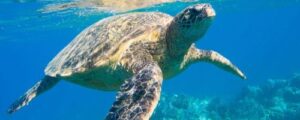© Good Travel Guide, June 2021 by Chloé Martin
Welcome to Estonia, the greenest country in Europe! Estonia is relatively flat land, largely covered by forest (more than 50% of its land) and nature. Experience bog shoeing to traverse the marshy ground and enjoy the rich wildlife. Estonia is indeed a privileged spot for birdwatching and its forests are home to lynxes, wolves, and brown bears, so watch out! The country has a number of preserved wilderness areas such as Lahemaa National park, included in the itinerary.
Whether you prefer to unwind in nature, relax in a sauna or discover the rich history of the country with numerous castles and ruins or diverse culture with festivals, you will find something for you. Get immersed in the typical Estonian ambience with thatched roofs, wooden windmills and fishing villages and enjoy the inland, seaside landscapes and the Estonian islands.
Being the smallest country in the Baltics, it is easy to visit various destinations within the country without spending hours in transportation. There is a wide network of affordable buses which is, therefore, the best option to travel while blending in with the locals. Try to break the ice of the first reserved approach with them and discover warm and generous people happy to share with you their knowledge about their country.
In Estonia, every season has something special to offer.
Best times to visit include summer (between June and August) if you want to have the best weather, to enjoy outdoor events and festivals. For example, it is then that the Jaanipäev folk holiday, a celebration including singing and dancing, occurs. It represents the most important holiday in Estonia. Summer is also a perfect time to see beautiful and colourful landscapes with wildflowers, the impressive Estonian bogs and to enjoy the baltic beaches and inland lakes. In summer, the days are also the longest, so take your eye mask because you are going to experience white nights!
However, July and August are also months when the locals are on holiday so to avoid the crowds at tourist points of interest, think about planning your trip just before or after this period.
Spring is a great time to visit Estonia, especially if you are into birdwatching.
Winter in Estonia can also be amazing! Between the end of November until February, the temperatures are low, but the landscapes will have a completely different look (covered in beautiful white snow!). Enjoy cross-country skiing, frozen landscapes, waterfalls, and Christmas Markets.
The journey starts in Tallinn, the capital of the country. It is often considered a “mini-Prague” because of its old town on a hill with a cathedral and a castle. The old town of Tallinn is even listed as a UNESCO culture heritage site! Discover there the marks of the medieval time and visit the maritime museum to learn about Estonia’s maritime history, navigation instruments, lighthouses and fishery. And of course, Tallinn has also a wide offer of authentic medieval restaurants and taverns where you will have the opportunity to try local food such as frilled game sausages and local cheese.
From this starting point, the itinerary is going to lead you to 7 very diverse green destinations including islands, national parks and towns. You will discover other “capitals” such as Tartu, the capital of culture, Pärnu, the capital of summer , Kuressaare the capital of weddings and Türi the capital of flowers and spring.
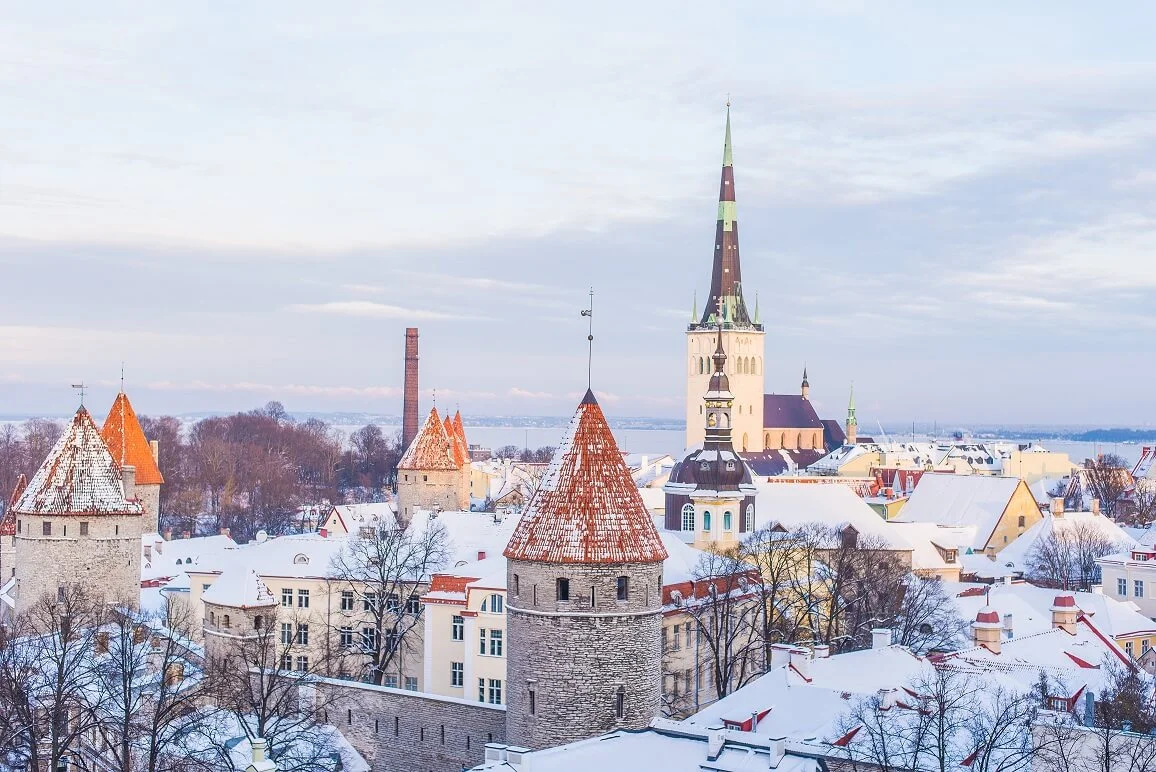
Ready? Let’s go!
Day 1: Lahemaa
How to get there?
- Peatus Estonia or Gobus AS or SEBE : Tallinn (Kivisilla) – Kolga
- Duration: 1h
- Approximate cost: 2€ – 5€
The first destination of this guide is Lahemaa National Park, which is one of Europe’s largest national parks. It is home to beautiful landscapes with bogs, wetlands, forests, preserved flora and fauna as well as some of the most impressive manors of Estonia. Buses from Tallinn can take you to different places according to your interests.
Main highlights of the park include Viru Bog where you can walk 3.5kms to reach a tower to have a better view overlooking the wetland and the marsh. This magical place is easily accessible from Kolga where the bus arrives.
There are four manor houses in the region: Palmse Manor, Vihula Manor, Kolga Manor, and Sagadi Manor. Do not forget to visit one of them. Kolga manor will be easy to reach from the bus station at which you will first arrive.
If you’re interested you can also take another bus and in less than an hour from Kolga, you will reach other points of interest of the region such as Sagadi manor or the small typical fishing village of Altja with wooden houses and a view of the Gulf of Finland. You might also want to make a stop in Käsmu to also have these beautiful views on the bay.
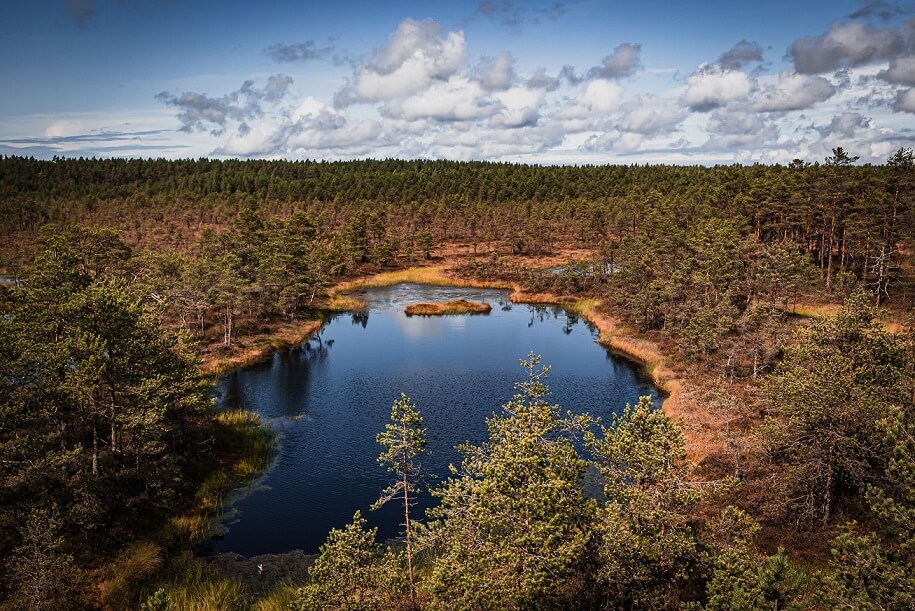
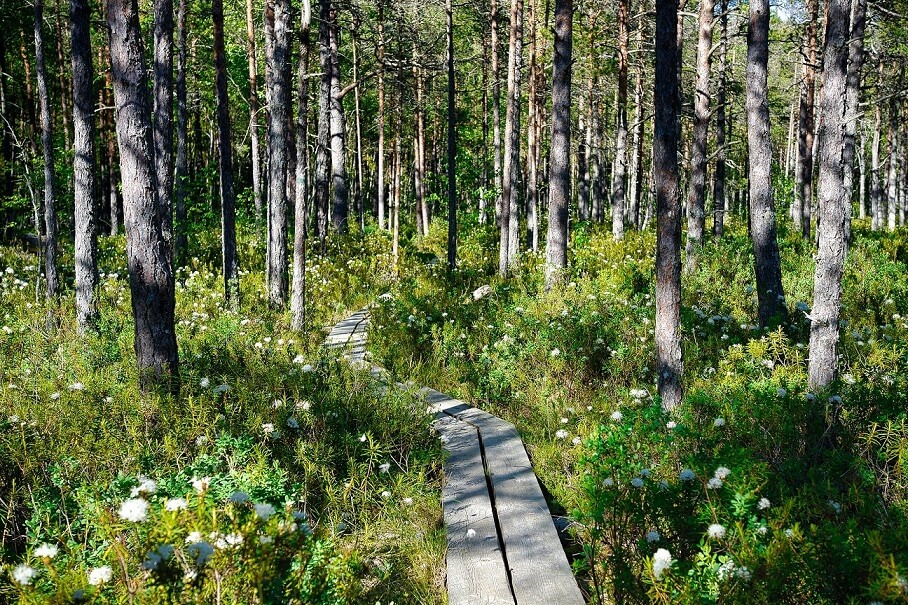
Day 2: Rakvere
How to get there?
- Gobus AS : Altja – Rakvere (Teater)
- Duration: 45mins
- Approximate cost: 1€ – 3€
Located less than an hour by bus from the picturesque Lahemaa national park, the second destination of our trip is Rakvere, a very diverse smart city where you will be able to enjoy parts of the Estonian culture, history and nature.
Wander in its main street (Pikk street) and enjoy this beautiful promenade through the renovated building. And maybe if you walk a bit more in this city, you will have the chance to spot the sculpture ‘Young man on bicycle listening to music’
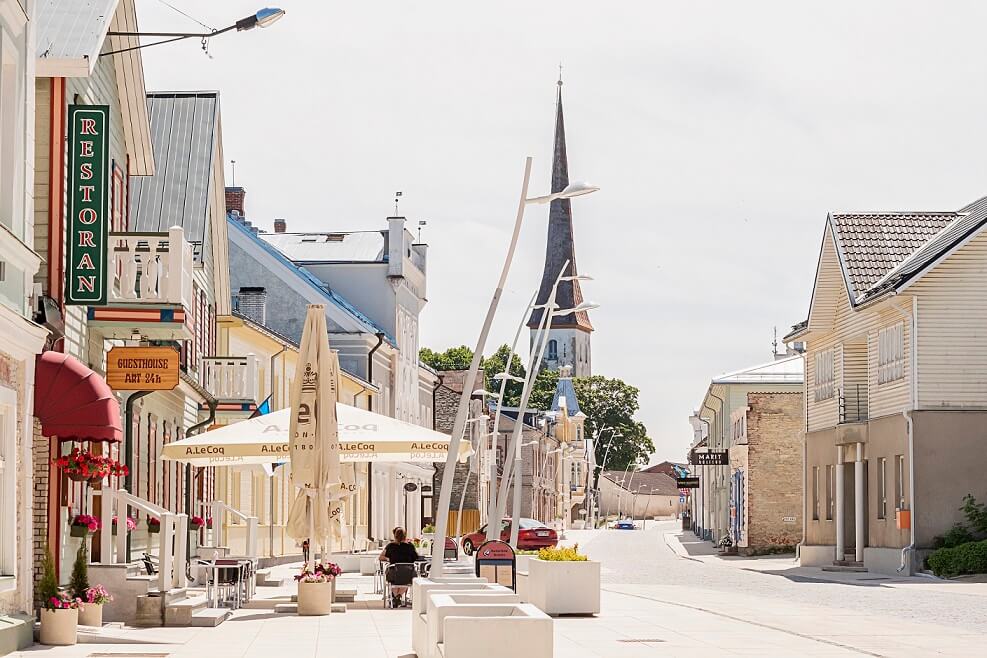
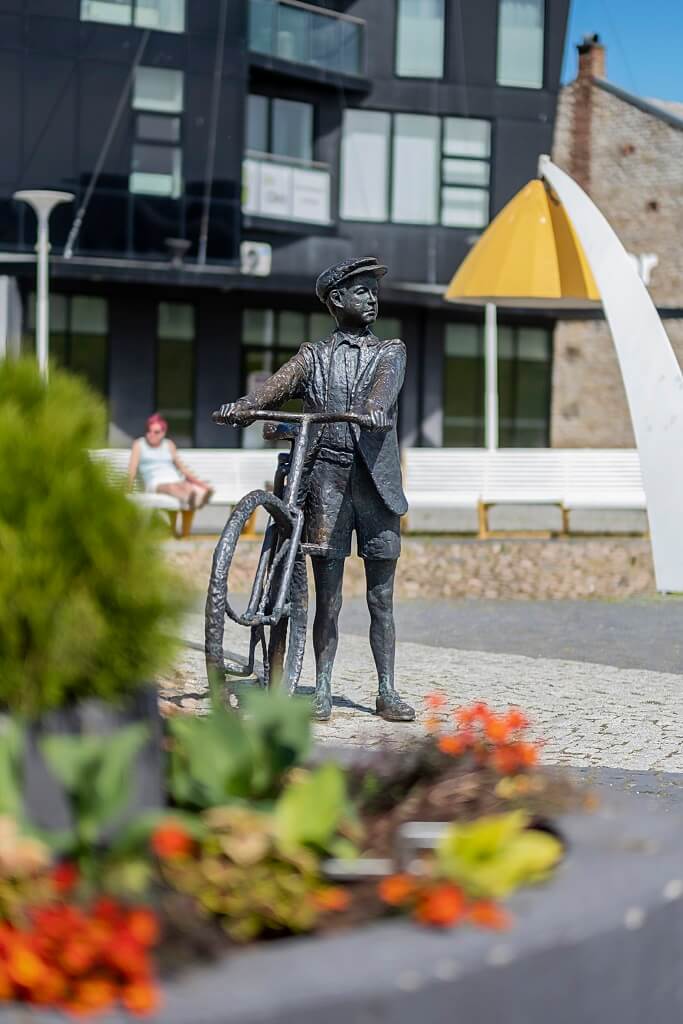
Its medieval castle, dating back from the 13th century, is a highlight of the destination and a place you should not miss. And do not worry, the visit will not be boring. It has been created in a very playful way in order to immerse the visitors in the 16th century. So both young and older tourists will learn about the Middle Age while being entertained by shows, experiencing real-life through activities and why not even dressing up with the traditional costume to play the game to its fullest!
Next to the castle, you can also enjoy the largest open-air centre in Estonia, the Vallimägi open-air centre, inaugurated in 2020.
Finally, although it is a city, Rakvere has natural protected areas (Tammik) such as small forests called Palermo or Rakvere manor park – which manor is now used as a theatre.
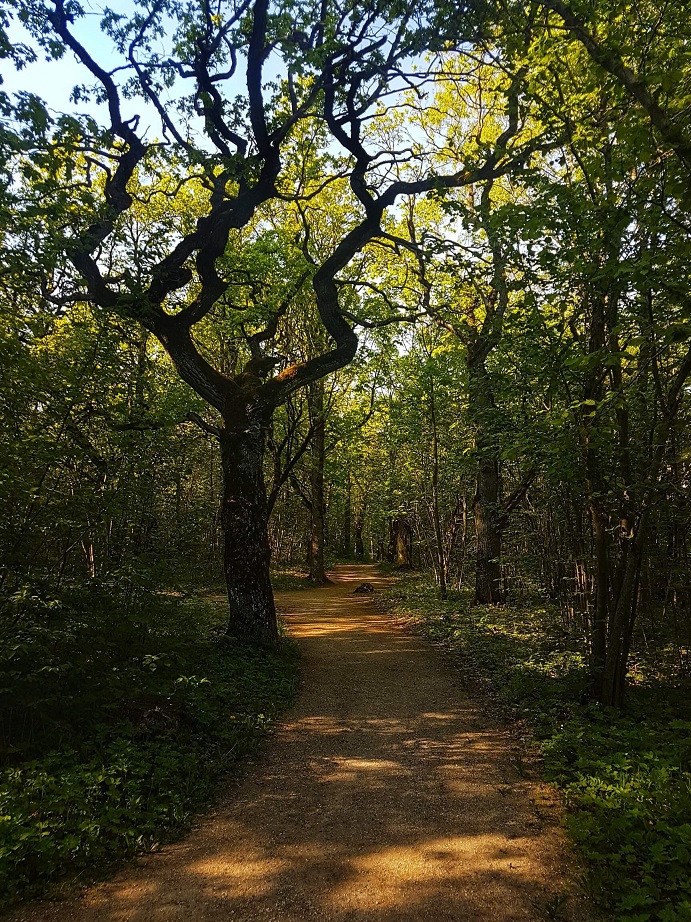
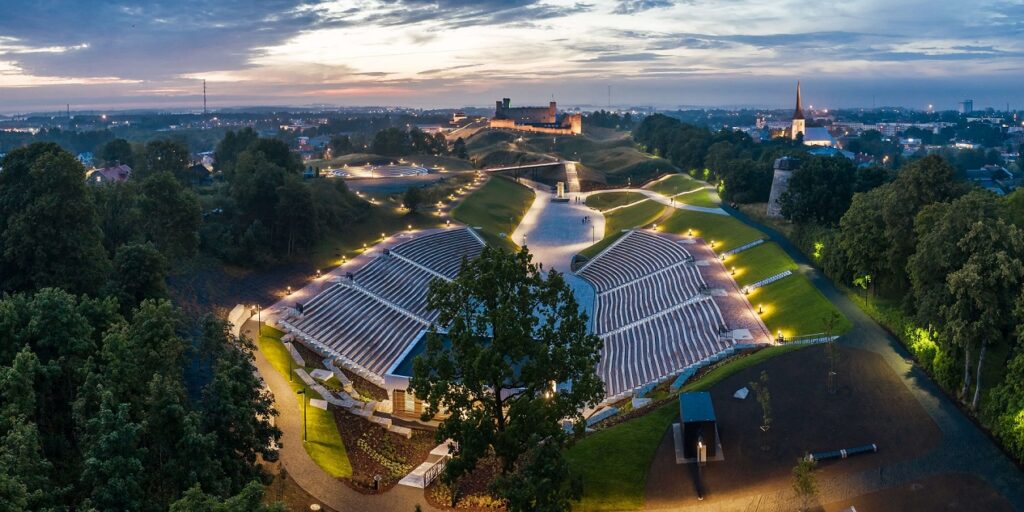
Day 3: Järvamaa
How to get there?
- Gobus AS or M.K. Reis-X : Rakvere (Teater) – Paide bussijaam
- Duration: 1h45
- Approximate cost: 4€ – 9€
Next destination: Järvamaa, which is a central county of Estonia. Here again, according to your wishes, the bus can take you to different points of interest in this region.
The county has a rich nature with 14 nature reserves and 10 limited conservation areas. What you can find there include open fields, wild wetlands and bogs but also typical villages that will bring you a sense of peace and relaxation.
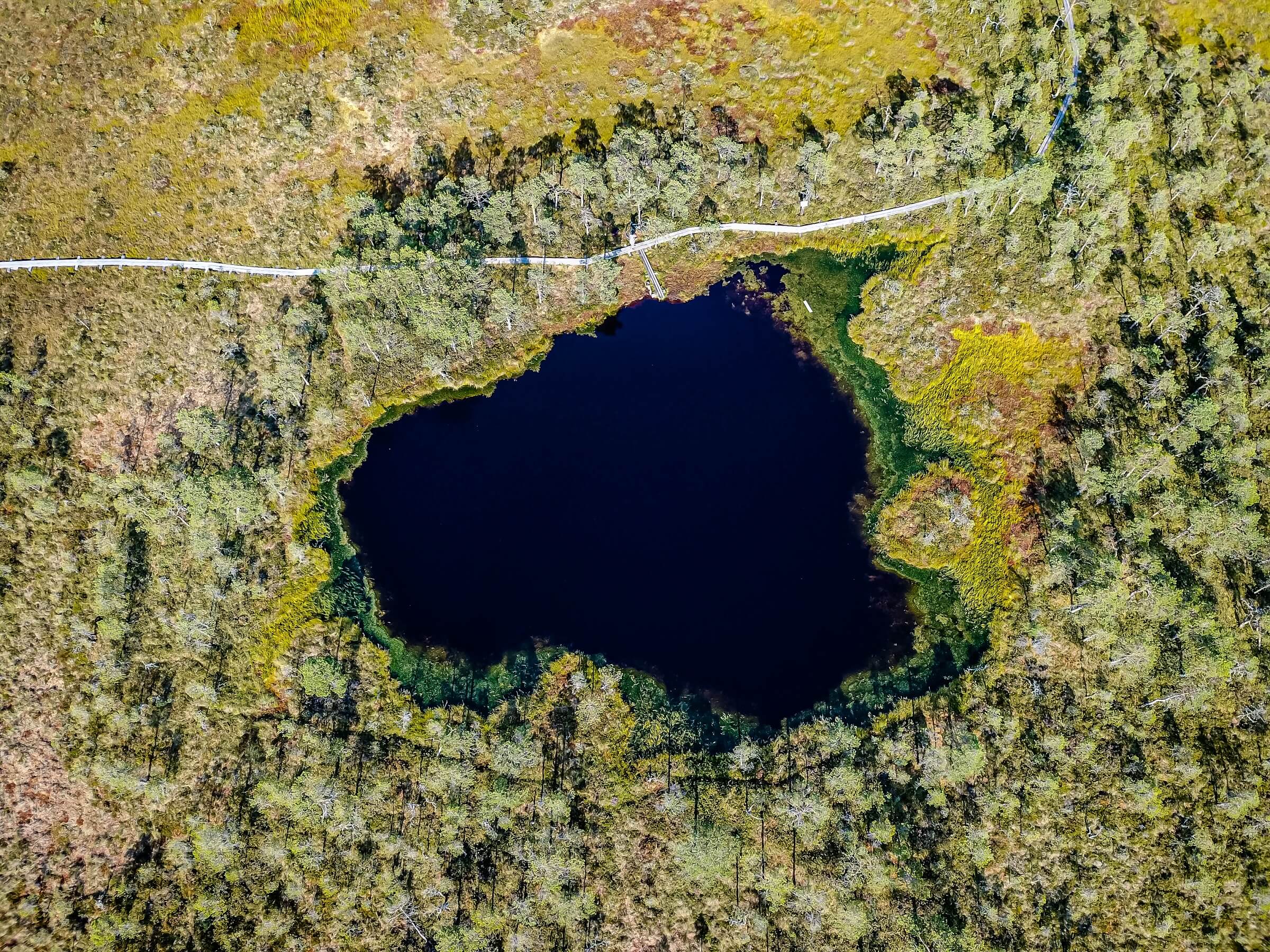
Paide is the major and central city of this county and this is where the bus from Rakvere can arrive. It has ruins of a castle and an impressive former rampart tower. Paide Handicraft shop would be a good stop if you want to learn more about the culture and to discover folk costumes, sheepskin or other traditional products.
Easily accessible from Paide is the baroque Sargvere Manor, which you can visit by making an appointment.
Note: Every August is “Opinion Festival” in Paide, to discuss our various topics and foster public debate and civic education.
Türi is also a nice town that is considered as the “spring capital” because of its colourful gardens with flowers.
Note: Each spring is held Türi Flower Fair which is renowned in the whole country and gathers schools, gardeners, and also individual plant lovers.
Wetlands and bogs of this region are a bit further up north-east, but if you are interested, Kakerdaja bog is the place to go!
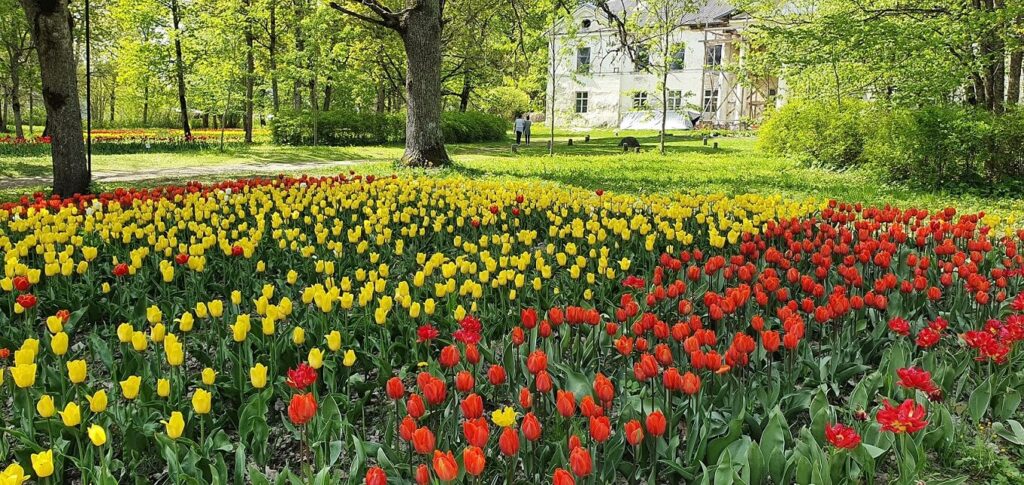

Day 4: Tartu
How to get there?
- M.K. Reis-X : Paide – Tartu (Pauluse)
- Duration: 1h30
- Approximate cost: 6€ – 11€
Take the bus and after only 1h30, and you will already arrive at the next destination of the trip to Estonia, the creative and dynamic Tartu! Tartu is the second-largest city of the country and the “intellectual capital” of the country. It is indeed historically the cultural heart of the country and you can now enjoy it through exhibitions in museums such as the Estonian National Museum or music festivals for example.
Note: Tartu is going to be the European Capital of Culture in 2024
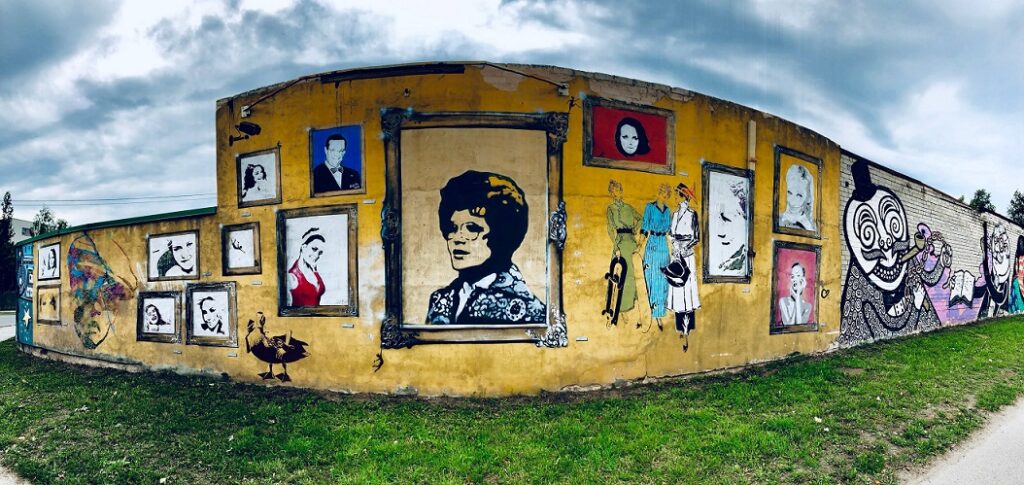
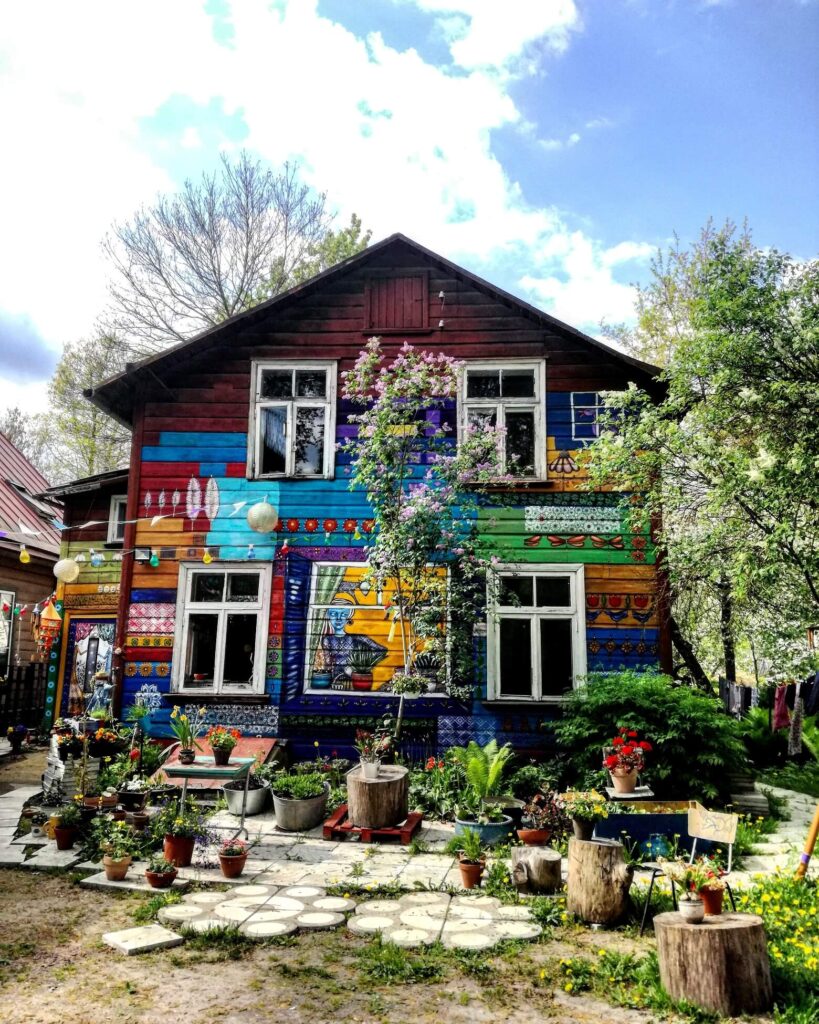
Discover Tartu Supilinn district and walk along the Emajõgi River and in the city’s streets to enjoy its beautiful buildings such as the University of Tartu, the Town Hall, Toomemäe Cathedral Ruins, or St John’s Church, without forgetting its street arts.
It is very easy to reach one specific point of the city which is relatively concentrated. Moreover, the Smart Bike Share service has been developed in order to increase soft mobility in the city so if you want to go from one place to another, the best options for you are your feet or a bike.
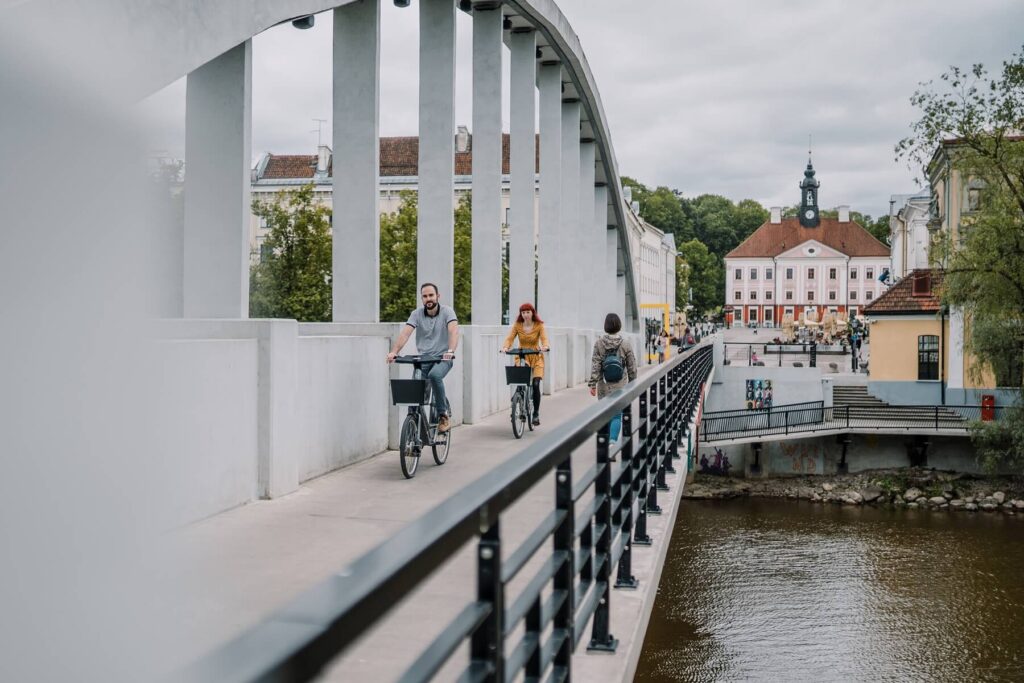
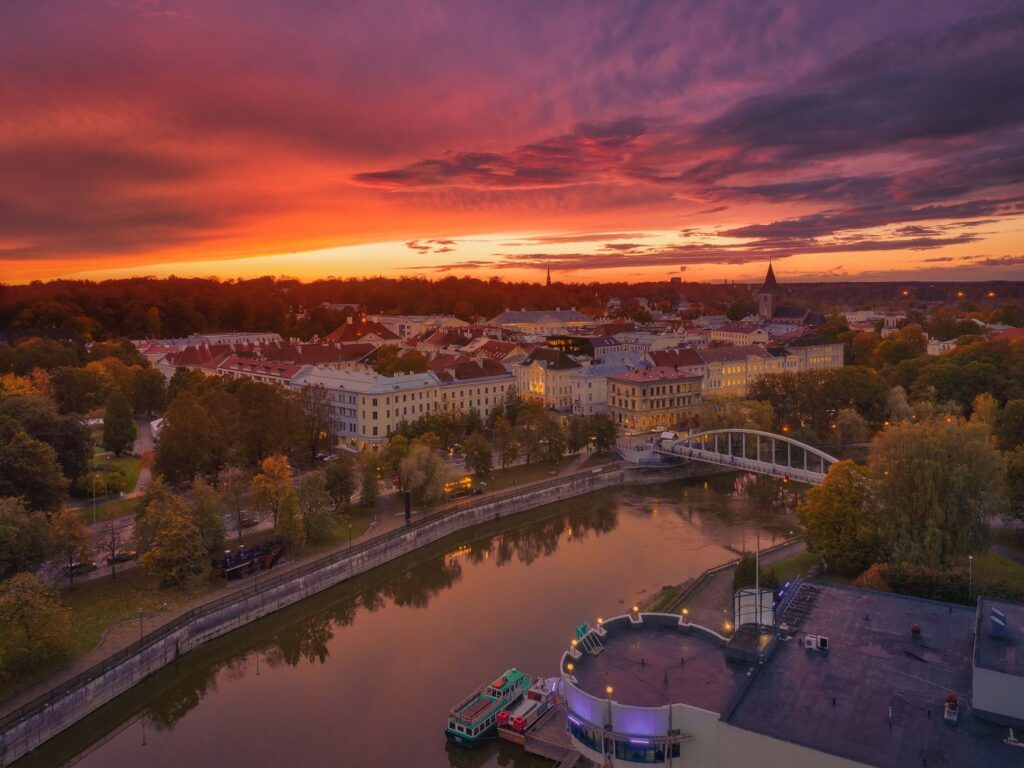
Day 5: Pärnu
How to get there?
- Luxexpress or Gobus AS or SEBE : Tartu – Pärnu
- Duration: 2h40
- Approximate cost: 7€ – 12€
All good travellers have a playlist “on the road”. Turn on yours and let’s go to Pärnu, the fifth destination of the itinerary. This seaside destination offers a variety of events and festivals, especially in the summer such as the medieval annual festival called Pärnu Hanseatic Days Festival to discover medieval customs, crafts and skills. There are also the community and cultural festivals “Häädemeeste Hää” and “Kabli Sunset Festival” during all summer as well as a music festival in July.
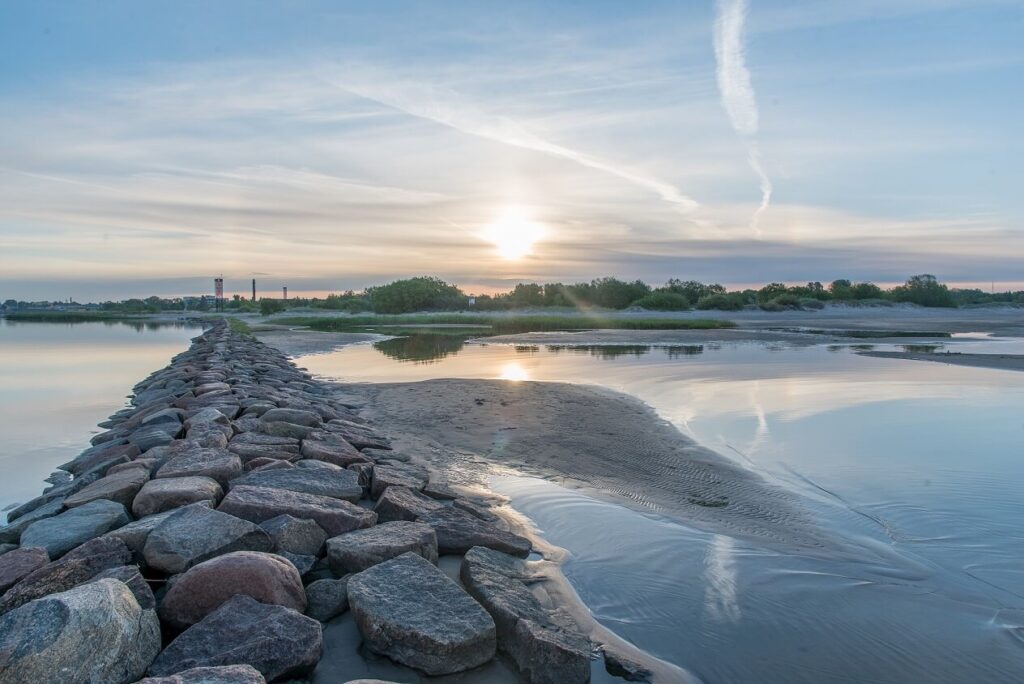
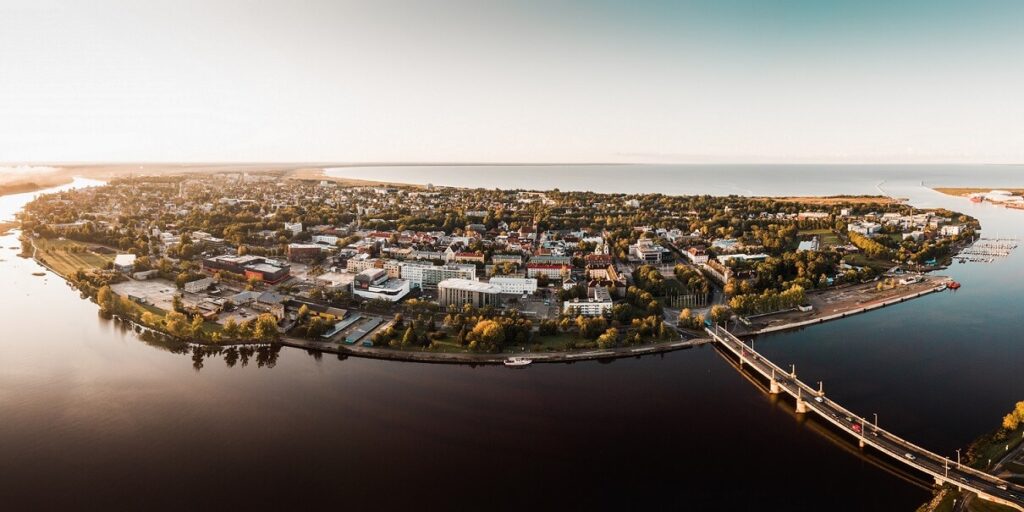
Want to get away from the crowd? Outside of summer, the seaside is almost desert and very peaceful so enjoy a nature walk along the coastline or the 1.5 km to the end of Pärnu’s mole, which is a kind of rocky dyke going in the direction of the sea and one of the city’s most popular attractions. There are also many hiking trails and bird watching towers.
You can also go out of the city and discover two National Parks nearby: Sooma and Matsalu National Parks or the island of Kihnu which was added to the UNESCO Oral and Intangible Heritage of Humanity List in 2003
Note: Because of all these festivals, events and the climate, be aware that Pärnu can be crowded during the summer.
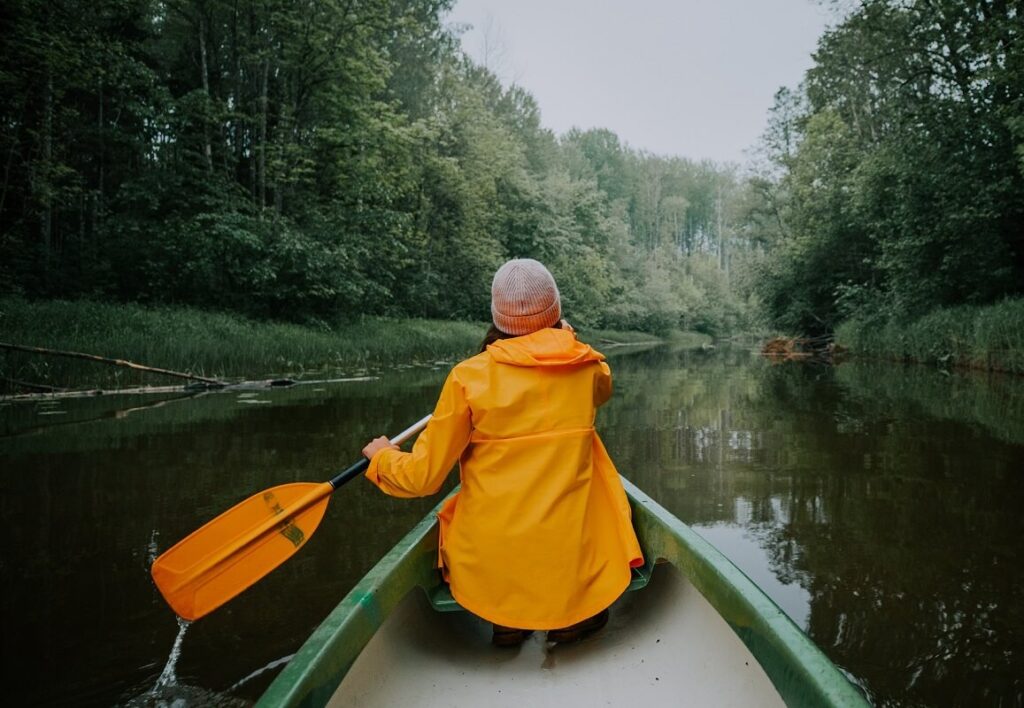
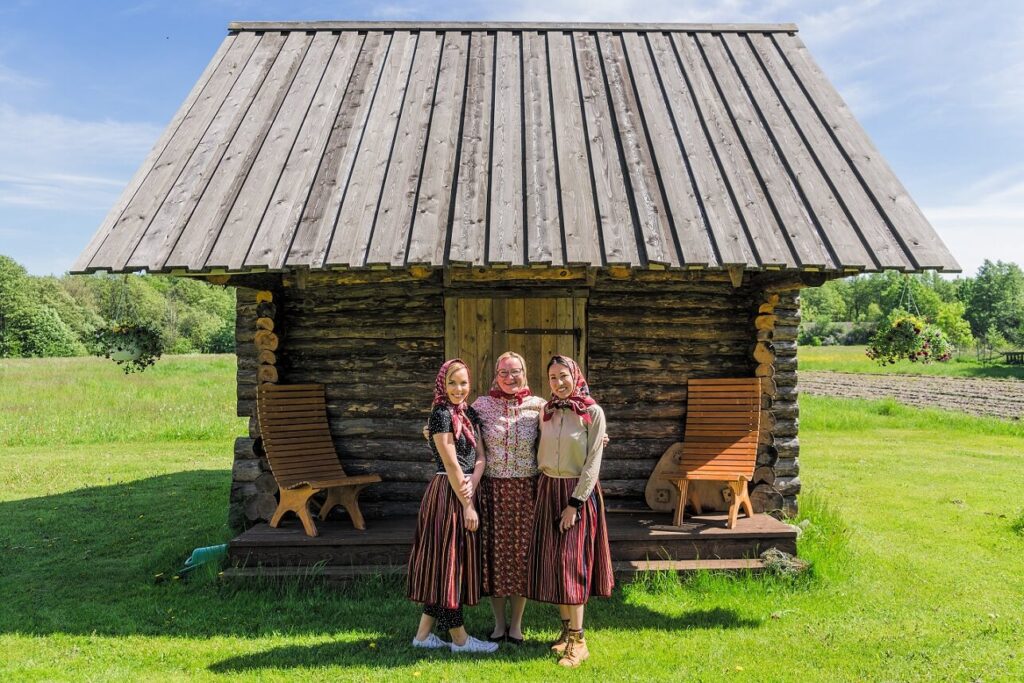

Day 6 & 7: Saaremaa (option 1)
How to get there?
- Gobus AS : Pärnu – Kuressaare
- Duration: 3h
- Approximate cost: 7€ – 11€
Saaremaa is the next destination. It is the biggest island of Estonia and you will arrive at its major city, Kuressaare after taking the ferry. There, you can visit the 14th century Kuressaare castle and stroll in the city. You will probably be surprised by street performances or shows of folk dances with locals dressed up in traditional costumes.
Culinary speaking, the island is particularly reputed for home-brewed beers as well as products from the sea like smoking fish.
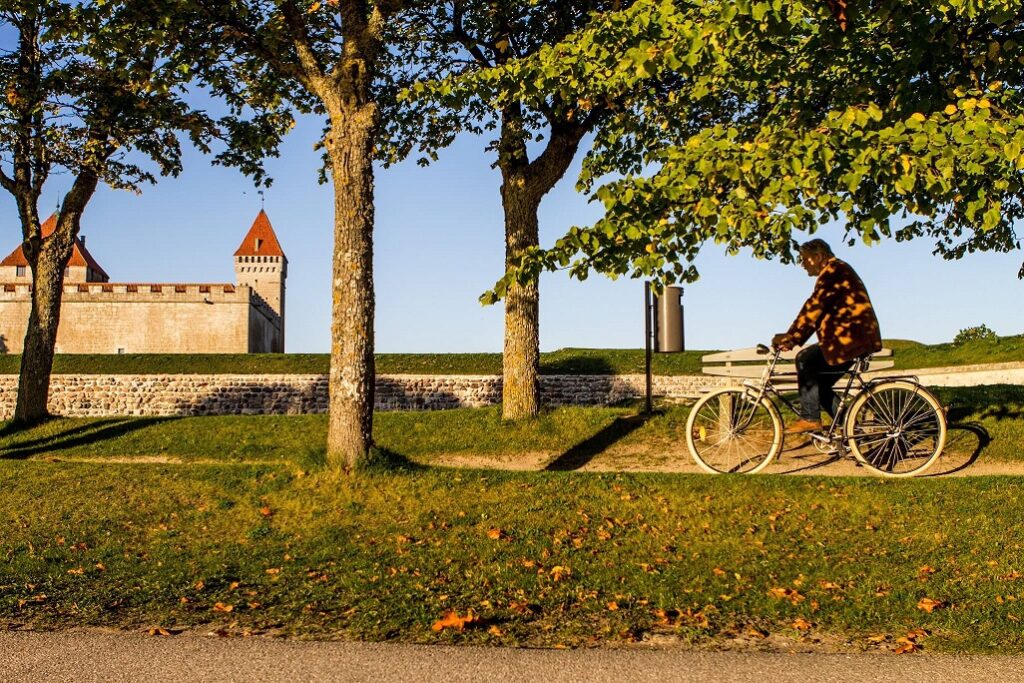
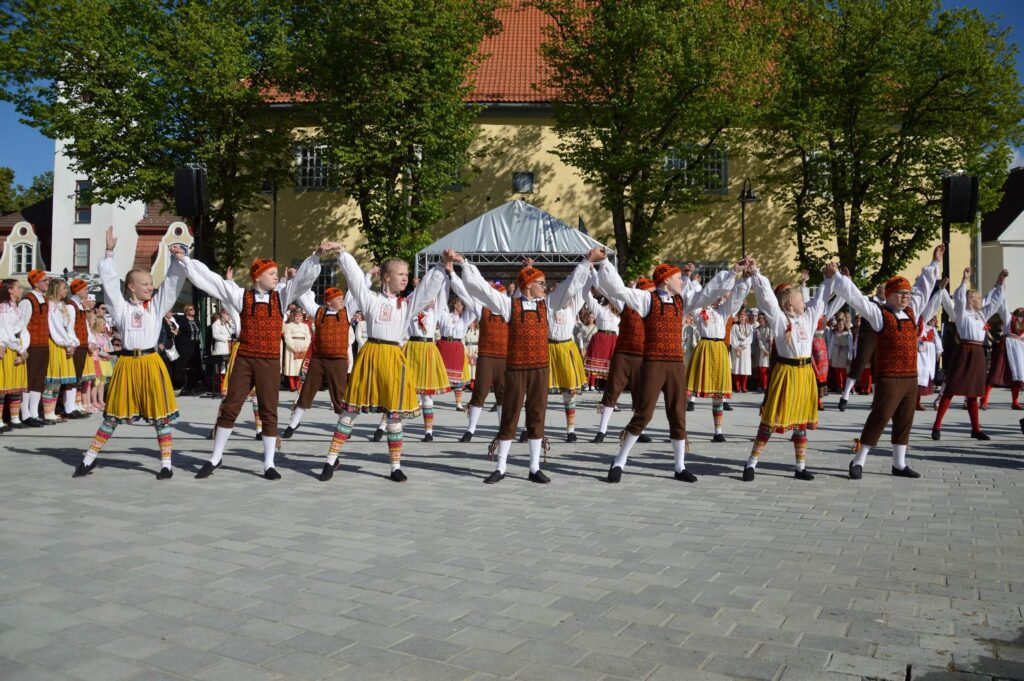
The island is impressive by the diversity of its nature. Hike on one of the 35 hiking trails to discover it!
The island is located in the middle of the migratory bird flight path so is the perfect location for bird watching in spring or autumn. If you are there during this period, you will probably have the chance to see these large groups of migratory birds.
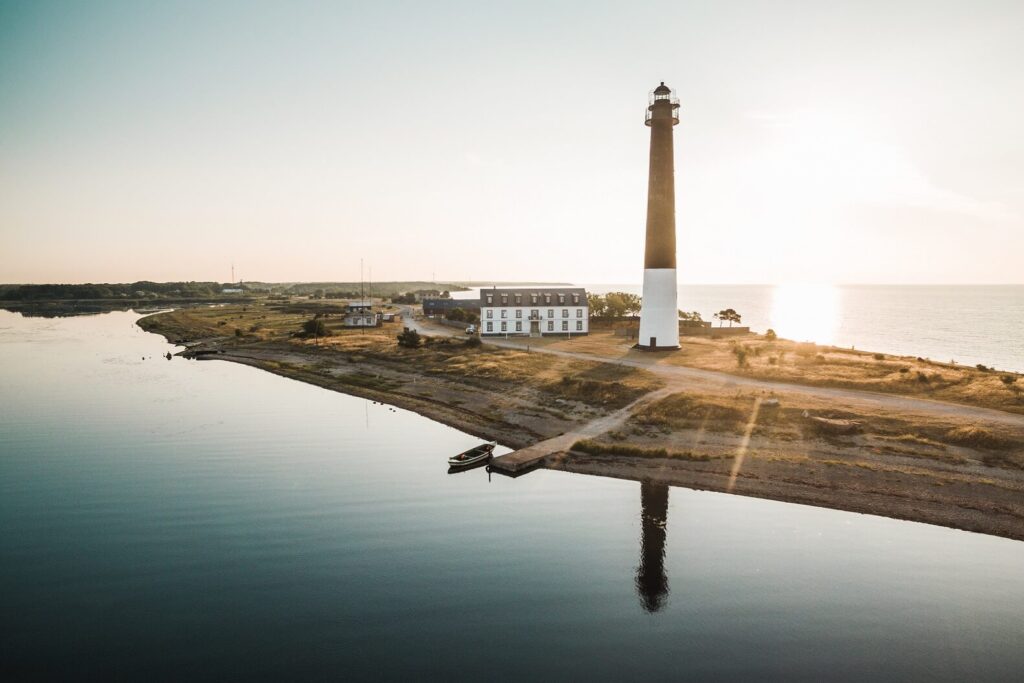
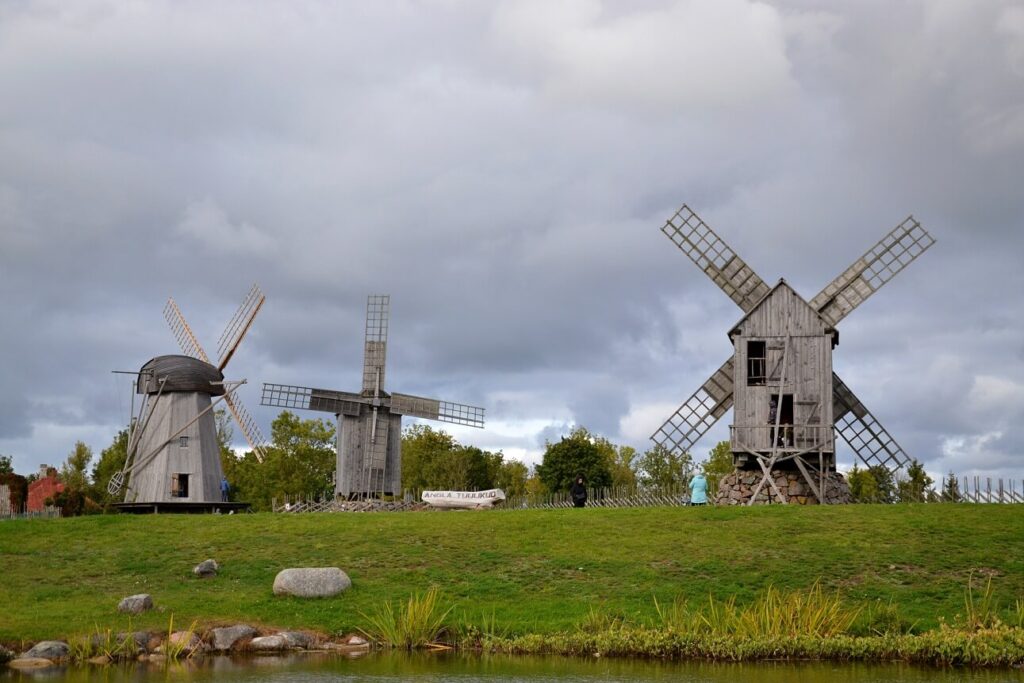
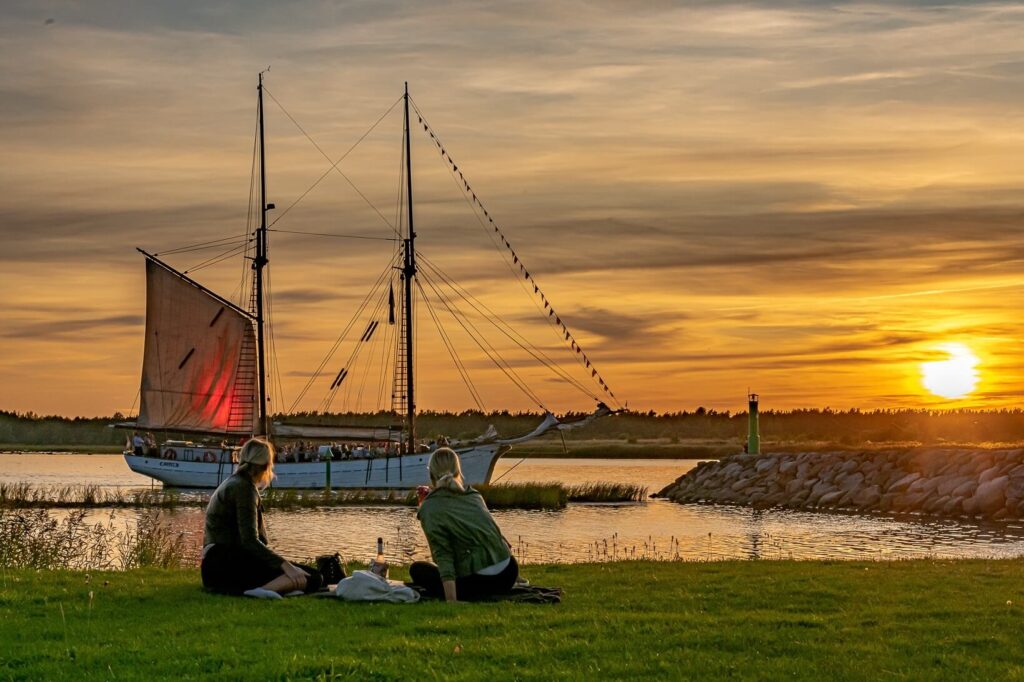
Back to Tallinn
How to get there?
- Gobus AS or Luxexpress or Peatus Estonia: Kuressaare – Tallinn
- Duration: 3h
- Approximate cost: 9€ – 14€
After enjoying the island of Saaremaa, you can go back to Tallinn to finish the trip or enjoy a bit more the sound of the waves and the migrating birds.
Day 6 & 7: Hiiumaa (option 2)
Alternatively, after Pärnu, go to Hiiumaa, another island in the west archipelagos of Estonia.
How to get there?
- Gobus AS : Pärnu – Haapsalu – Kärdla
- Duration: 5h30
- Approximate cost: 9€ – 16€
The island has been listed UNESCO biosphere reserve “Man and Biosphere (MaB)”
There are also numerous hiking trails for all levels of difficulty where you can enjoy the quietness and peacefulness of nature. Hikes can lead you to beautiful lighthouses such as the famous Köpu lighthouse. You can enjoy the natural beaches and small harbours of the island.
Finally, in Hiiumaa too, a lot of festivals, on all themes, are organised throughout the year: Ice Fish Festival in February, Windfish Festival in May as well as music festivals for all tastes (jazz, chamber, folk, club music …) in the summer.
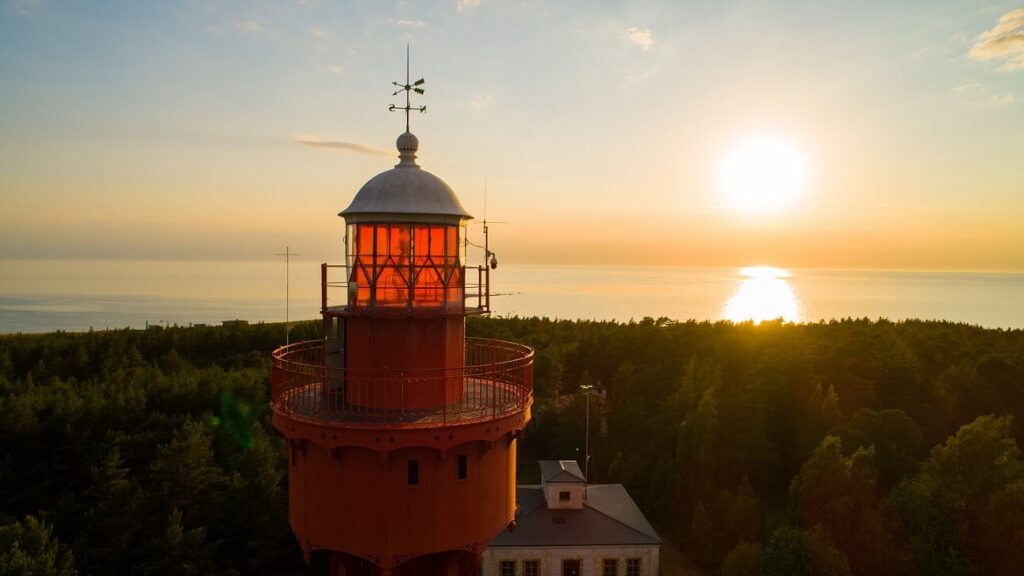
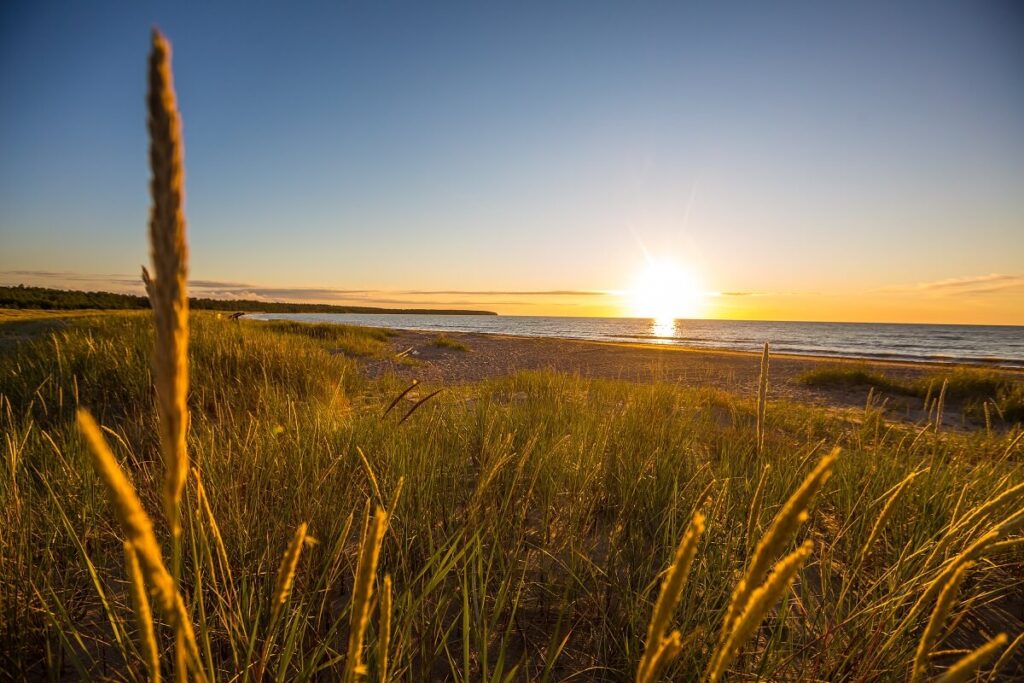
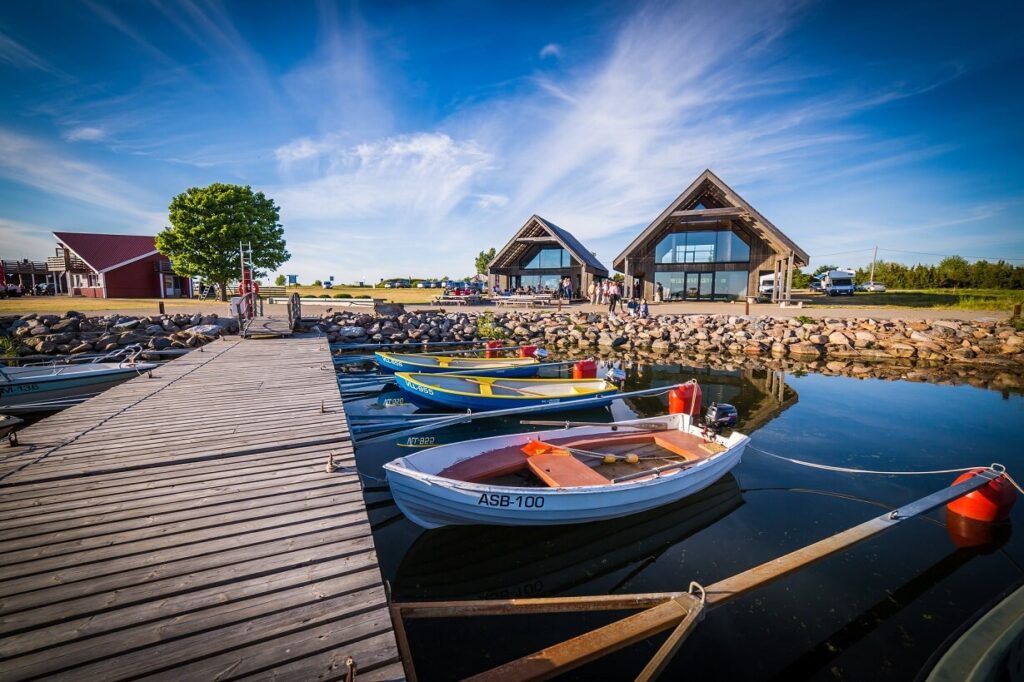
Back to Tallinn
From the island of Hiiumaa, take a bus back to Tallinn to end the trip.
How to get there?
- Gobus AS : Kärdla – Tallinn
- Duration: 3h50
- Approximate cost: 6€ – 10€
Day 8: Finish
This concludes our guide in Estonia, and we really hope you will enjoy this trip in Northern Europe to 7 very varied destinations that are working for a better tourism and a better future.
Note: this itinerary is a suggestion, but it is very flexible. The bus network is excellent in Estonia, so you can choose to move in the country to destinations and points of interests you are most interested in according to what you like, what you want to discover and what activities you want to do. You can therefore also easily extend or shorten this trip according to your wishes.
Visit this page to learn more about green destinations in Estonia.


